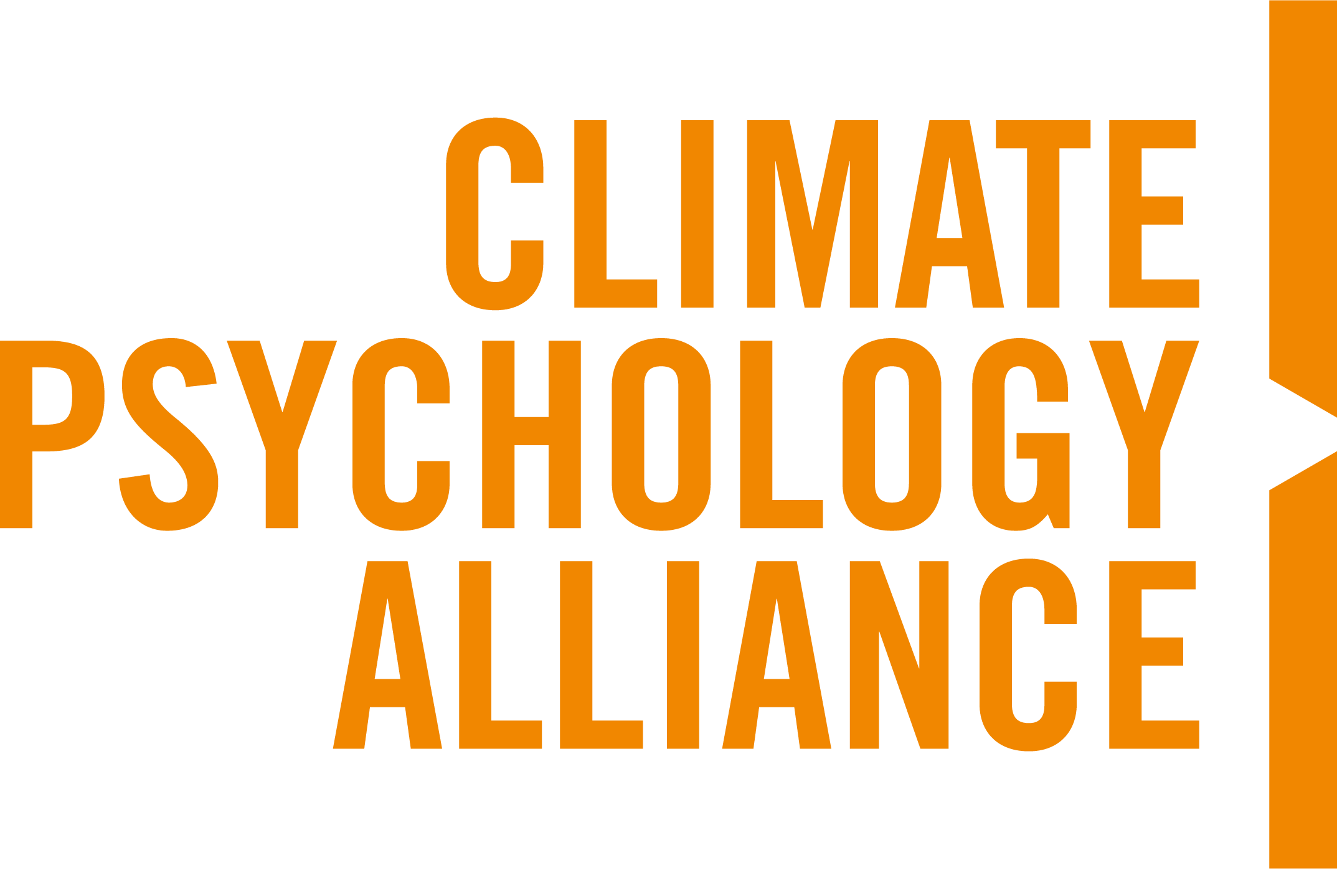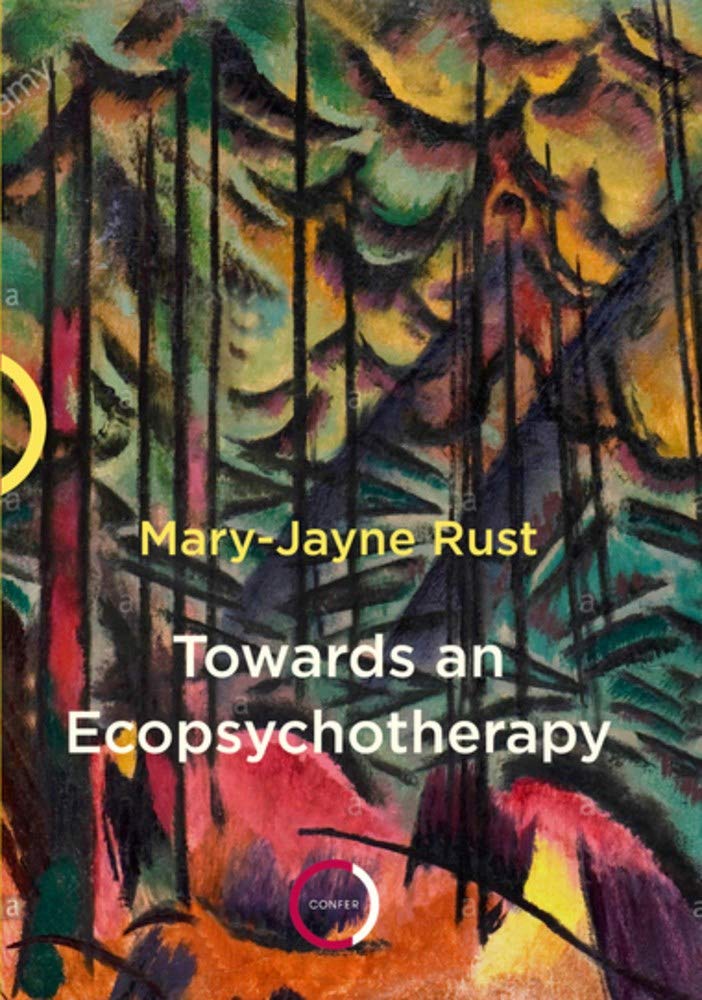This is a nugget of a book. It offers practical wisdom gleaned from a 40year journey of caring for the earth. It talks the walk the author has made.
In its radical simplicity it reminds me of another profound but deceptively easy to read book – Thomas Moore’s Care of the Soul. This book might have been subtitled ‘Care of the World Soul’ in that it brings that same quality of deep soulful caring into the craft of therapy. It is a work that shuns abstract language and that conceptual habit of talking about. It engages the reader directly in the material, dissolving the inside/outside dichotomy that has often dogged ecological literature.
This small book condenses the enormous range of ecological thought, political dilemmas and psychotherapeutic practice in what sometime feels like a dizzying array of views and references. Mary-Jayne skilfully offsets this compendium with poignant and moving vignettes of her work with clients both out and in doors. To have brought this range together in a meaningful way demonstrates how much digestion was involved in this work. To use a psychotherapy metaphor, it is like a mother bird having pre-digested the food for its offspring.
Does this make it too easy for the reader? While its radical simplicity may obscure the depth and complexity for some psychotherapists, this is offset by the apt choice of examples for instance on ‘Cultural Appropriation’ and the how these threads are woven together with a deft use of story. In talking more explicitly about story in ‘The Clash of Two Stories (against and with Nature), she avoids a common binary opposition that trashes modern culture and idealises past indigenous ones. For this reader, her capacity for integration of diverse and apparently non-complementary polarities was highlighted in her mythic treatment of the archetypes of the Eagle and the Serpent. In summarising the work of bearing creative tensions and our modern cultures failures, she writes (p109),
The story of the eagle and the serpent mirrors the way in which our dominant culture has been unable to hold the tension between body and mind, earth and sky, ancient and modern, emotion and thought, eros and logos, matter and spirit polarities that have moved from an equal tension to the domination of one capacity, or quality, over another.
The significant omissions for me were the Fool and the Green Man. These archetypes of that crazy, wild energy so missing in our domesticated culture are both allies of ecopsychotherapy. Who better to expose our folly than a fool and to re-enchant our disenchanted lives than the Green Man?
Notwithstanding, their omission, this book will be essential reading for all those engaged in the ecological work towards a social and cultural transformation.


